39 open-label trial advantages and disadvantages
External and internal validity of open label or double-blind trials in ... disadvantages of open-label or double-blind trials is currently underway and interpretation oftrialresults isoften focusedon this matter. In general, a blinded trial is regarded as being less subject to bias than an open trial because it minimizes the impact of knowledge of treatment allocation on post-random- Effectiveness studies: advantages and disadvantages by HJ Möller · 2022 · Cited by 73 — Lower study costs ; Studies with an active control, Supply data on relative efficacy and tolerability, Risk of false studies because assay ...
Open-Label Trial | NIH - HIV.gov A type of clinical trial. In open-label trials, both the researchers and participants know which drug (or other intervention) is being given to participants.

Open-label trial advantages and disadvantages
PDF Blinding Sponsors for Open Label Studies: Challenges and Solutions - MWSUG double blind studies. For open label studies, it's often desirable to blind the study sponsors to reduce potential bias and increase credibility of trial results. However, open label studies usually create some challenges to blind sponsors. In this paper, we discuss some types of Case Report Form (CRF) data that could unblind sponsors External and internal validity of open label or double‐blind trials in ... In general, a blinded trial is regarded as being less subject to bias than an open trial because it minimizes the impact of knowledge of treatment allocation on post‐randomized treatment decisions and on reporting of outcomes. However, a blinded trial is not always feasible. Open-label extension studies: do they provide meaningful information on ... Increased human exposure to a new medicine under reasonably controlled circumstances to increase confidence in the safety of the medicine is an acceptable rationale for an open-label extension study, and a useful activity to increase the knowledge of the safety profile of a new medicine.
Open-label trial advantages and disadvantages. product trial advantages and disadvantages - RHLC OGA Advantages And Disadvantages Of Open Access Results of an open label trial in outpatients with depression in a naturalistic setting in germany. They were so divided for better assimilation. An example of the method of trial and error can be considered in the scientific works of the scientist-physiologist. Advantages and disadvantages of clinical trials Possible advantages You may have access to new treatments, which may only be available as part of a clinical trial. There may be fewer side effects compared to the standard treatment. You may have more regular tests, which some people find reassuring. You will be supported by a research nurse - who you can contact about your treatment and symptoms. Understanding Clinical Trial Terminology: What is an Open Label ... Alternatively, sometimes, trials are conducted in an open-label fashion, meaning study participants and researchers both know which treatment the patient is receiving. Open-label trials can be used to compare treatments or gather additional information about the long-term effects in the intended patient population. Open-label trial - Wikipedia Open-label trials may be appropriate for comparing two similar treatments to determine which is most effective, such as a comparison of different prescription anticoagulants or possible relief from symptoms of some disorders when a placebo is given. An open-label trial may still be randomized.
What is an open label trial? | The BMJ Researchers assessed the effectiveness of prazosin combined with scorpion antivenom in assisting recovery from scorpion sting. An open label randomised controlled trial study design was used. The control treatment was prazosin alone. The setting was a hospital and research centre in Mahad, a region of India. Participants were patients with grade 2 scorpion envenomation, older than 6 months ... (PDF) What is an open label trial? - ResearchGate Open label trials are sometimes referred to as "non-masked" or "unblinded." If the trial is a non-pharmacological study, such as a trial of devices, or psychological and physical treatments, it may... External and internal validity of open label or double-blind trials in ... a blinded trial may be less subject to bias than an open-label trial because it minimizes the impact of knowledge of treatment allocation on postrandomized treatment decisions and on reporting of... Adaptive Clinical Trials: Advantages and Disadvantages of Various ... focus4 allows for new substudies to be added when 1) there is information about a new biomarker target with a potentially active associated drug, 2) an agent has shown sufficient activity in its biomarker-defined substudy that it warrants being tested more broadly, and 3) new information (from the trial data or externally) about an existing …
Effectiveness studies: advantages and disadvantages - PMC by HJ Möller · 2011 · Cited by 73 — Table II. ; Placebo-controlled studies, Allow estimation of the assay sensitivity and thus internal validation of the study, Perhaps higher risk from “ ... Designs of clinical trials - SlideShare Trial with Zelen's design... Advantages: 1. Almost all eligible individuals are included in the trial. 2. Allows the evaluation of true effect of experimental intervention in patients. Disadvantages: 1. Open trials. 2. The statistical power of the study gets compromised if large no of patients choose the standard treatment. 2/18/2015 67 68. An Open-label, Phase 1 Study to Determine the Maximum Tolerated Dose of ... A Prospective,Open-label, Dose Escalation Phase 1 Study to Investigate the Safety, and Tolerability and to Determine the Maximum Tolerated Dose and Recommended Phase 2 Dose of a HLX07, in Patients With Advanced Solid Cancers. ... Patients with a previous malignancy but without evidence of disease for more than 3 years will be allowed to enter ... External and internal validity of open label or double‐blind trials in ... Naturally, in open-label trials in anticoagulation there is a risk of a reporting bias of adverse events. Patients may research the new drug and its side-effects in publications and may be influenced in their reporting behaviour of potential side-effects. Furthermore, investigators may be equally susceptible to a reporting bias.
Reducing bias in open-label trials where blinded outcome assessment is ... Background Blinded outcome assessment is recommended in open-label trials to reduce bias, however it is not always feasible. It is therefore important to find other means of reducing bias in these scenarios. Methods We describe two randomised trials where blinded outcome assessment was not possible, and discuss the strategies used to reduce the possibility of bias. Results TRIGGER was an open ...
What is an Open-Label Clinical Trial? - News-Medical.net Open-label trials are insufficient for providing data on these reactions. Open-label trials can increase the confidence about incidence rates, but as they are typically biased and uncontrolled,...
Open Clinical Trials | Bioclever Blog Dec 10, 2020 — Open Clinical Trials · It's easier to conduct a non-blinded study than a blind study. · Investigators may feel more comfortable to make decisions ...
Epidemiology and Clinical Research Design, Part 1: Study ... by V Manja · 2014 · Cited by 29 — Strengths and limitations of open-label studies: Strengths: A blinded trial is not possible in certain circumstances involving surgery (abdominal drain vs ...
External and internal validity of open label or double-blind trials in ... In general, a blinded trial is regarded as being less subject to bias than an open trial because it minimizes the impact of knowledge of treatment allocation on post-randomized treatment decisions and on reporting of outcomes. However, a blinded trial is not always feasible.
Open-Label Extension Studies - SpringerLink Increased human exposure to a new medicine under reasonably controlled circumstances to increase confidence in the safety of the medicine is an acceptable rationale for an open-label extension study, and a useful activity to increase the knowledge of the safety profile of a new medicine.
Open-label versus double-blind placebo treatment in irritable ... - Trials Background Placebo medications, by definition, are composed of inactive ingredients that have no physiological effect on symptoms. Nonetheless, administration of placebo in randomized controlled trials (RCTs) and in clinical settings has been demonstrated to have significant impact on many physical and psychological complaints. Until recently, conventional wisdom has suggested that patients ...
Self-Manage Scleroderma | Lesson Patients have a chance to help others and improve patient care. Some disadvantages might be: New treatments or interventions under study are not always better than, or even as good as, standard care. Even if a new treatment has benefits, it may not work for everyone. Health insurance and managed care providers don't always cover clinical trials.
14 Advantages and Disadvantages of a Randomized Controlled Trial Researchers and participants may need to endure a long trial run to ensure that there is enough data for comparison. This disadvantage can result in the loss of relevance for an idea because a practice can move away from the idea being studied by the time the trial is at a place where publication is possible.
Crossover trials: what are they and what are their advantages and ... Crossover trials can only be conducted when the disease persists for a longer period of time, hence, crossover trials are mostly used in studying chronic diseases. There are some short-term illnesses or acute conditions that might be cured once they are treated and there are treatments that will have a permanent effect (i.e. surgery) on the ...
Open-Label Trial - an overview | ScienceDirect Topics the difference of protective efficacy of ribavirin in humans and in hamsters may have several explanations: (1) the study in humans was not randomized and performed at posteriori, and grouping treated and nontreated patients may have introduced some bias; (2) the dose and mode of infection of niv used for the challenge or the virus replication in …
Open-Label Trial - an overview | ScienceDirect Topics the difference of protective efficacy of ribavirin in humans and in hamsters may have several explanations: (1) the study in humans was not randomized and performed at posteriori, and grouping treated and nontreated patients may have introduced some bias; (2) the dose and mode of infection of niv used for the challenge or the virus replication in …
What is an open label trial? | The BMJ Because this was an open label trial, the participants, investigators, and all peripheral staff were not blinded to the treatment allocation—that is, they were aware which treatment the participants had been allocated to after randomisation (ais true). Open label trials are sometimes referred to as "non-masked" or "unblinded."
The Advantages & Disadvantages of Unblinded Sample Size Re ... - Statsols The advantages of unblinded sample size re-estimation clinical trials. Earlier Decisions. You inherit the Group Sequential Design which allows the researcher to stop early for efficacy or futility. This allows the ability to adjust the trial to the reality of what the effect size is telling you will happen in the trial. Reduced Potential Cost.
Open-label extension studies: do they provide meaningful information on ... Increased human exposure to a new medicine under reasonably controlled circumstances to increase confidence in the safety of the medicine is an acceptable rationale for an open-label extension study, and a useful activity to increase the knowledge of the safety profile of a new medicine.
External and internal validity of open label or double‐blind trials in ... In general, a blinded trial is regarded as being less subject to bias than an open trial because it minimizes the impact of knowledge of treatment allocation on post‐randomized treatment decisions and on reporting of outcomes. However, a blinded trial is not always feasible.
PDF Blinding Sponsors for Open Label Studies: Challenges and Solutions - MWSUG double blind studies. For open label studies, it's often desirable to blind the study sponsors to reduce potential bias and increase credibility of trial results. However, open label studies usually create some challenges to blind sponsors. In this paper, we discuss some types of Case Report Form (CRF) data that could unblind sponsors


![PDF] Clinical trial methodology to assess the efficacy ...](https://d3i71xaburhd42.cloudfront.net/a00f5af9933a8f9c61da678199905782adf4210d/8-Table4-1.png)



![PDF] The Clinical Viewpoint: Definitions, Limitations of ...](https://d3i71xaburhd42.cloudfront.net/0d341492d445073e64d1ccb6985e4ad763a3d1f7/2-Table1-1.png)

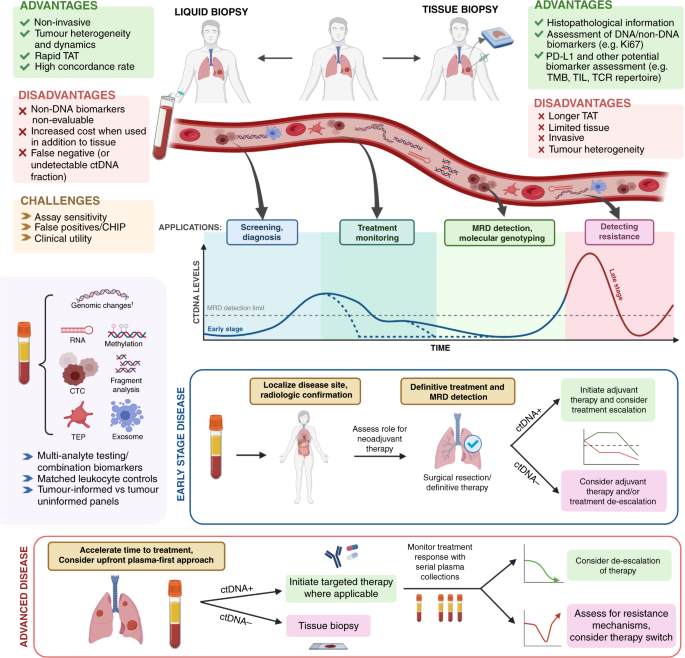





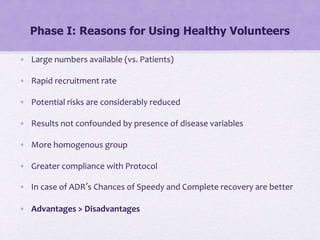
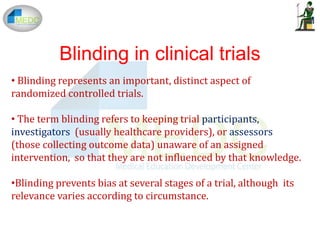
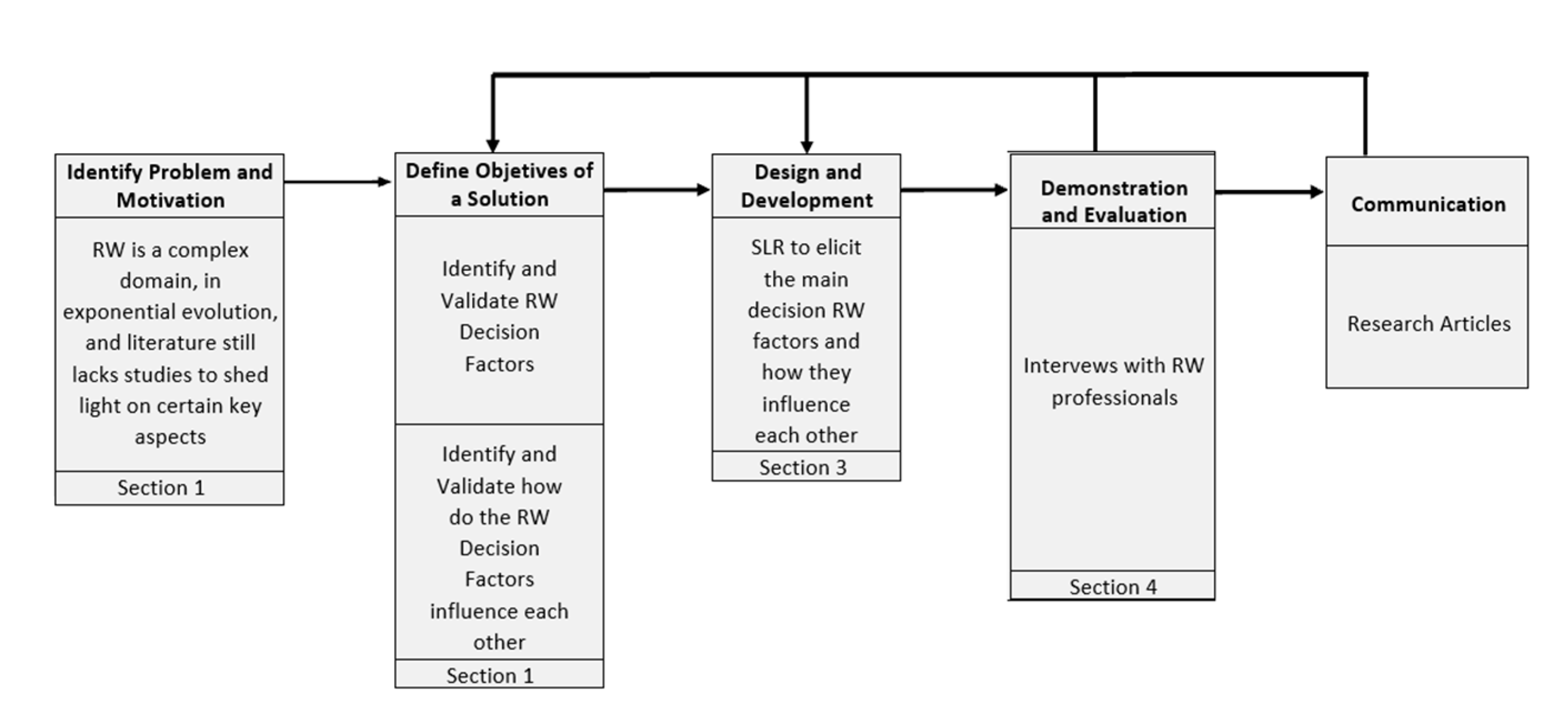




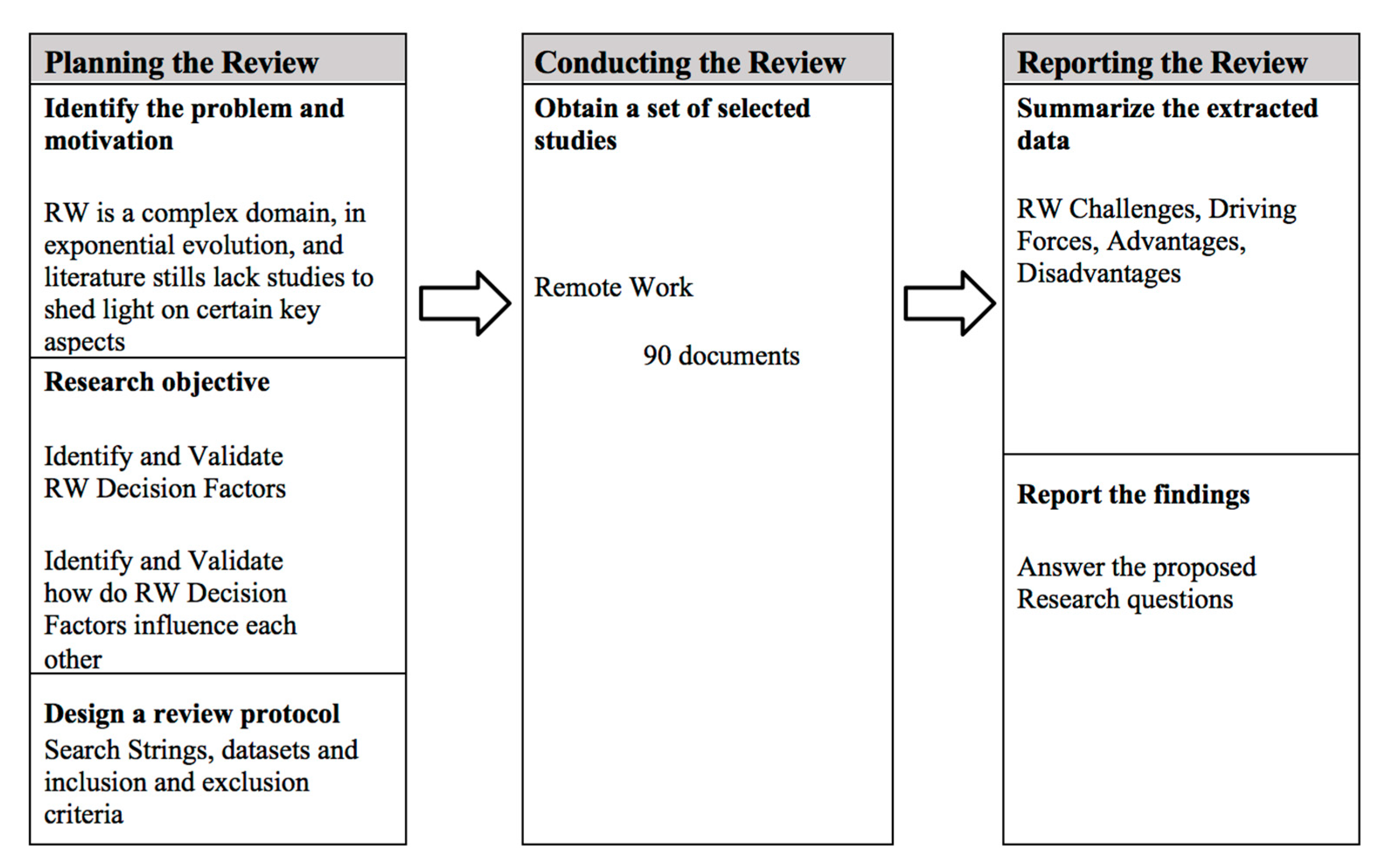




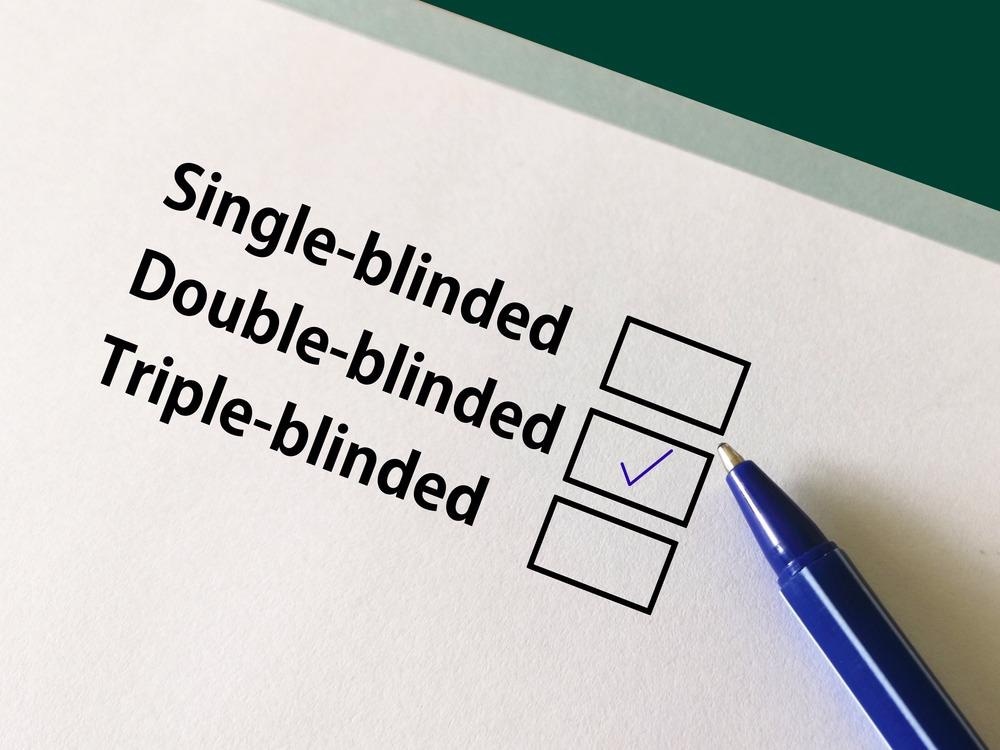




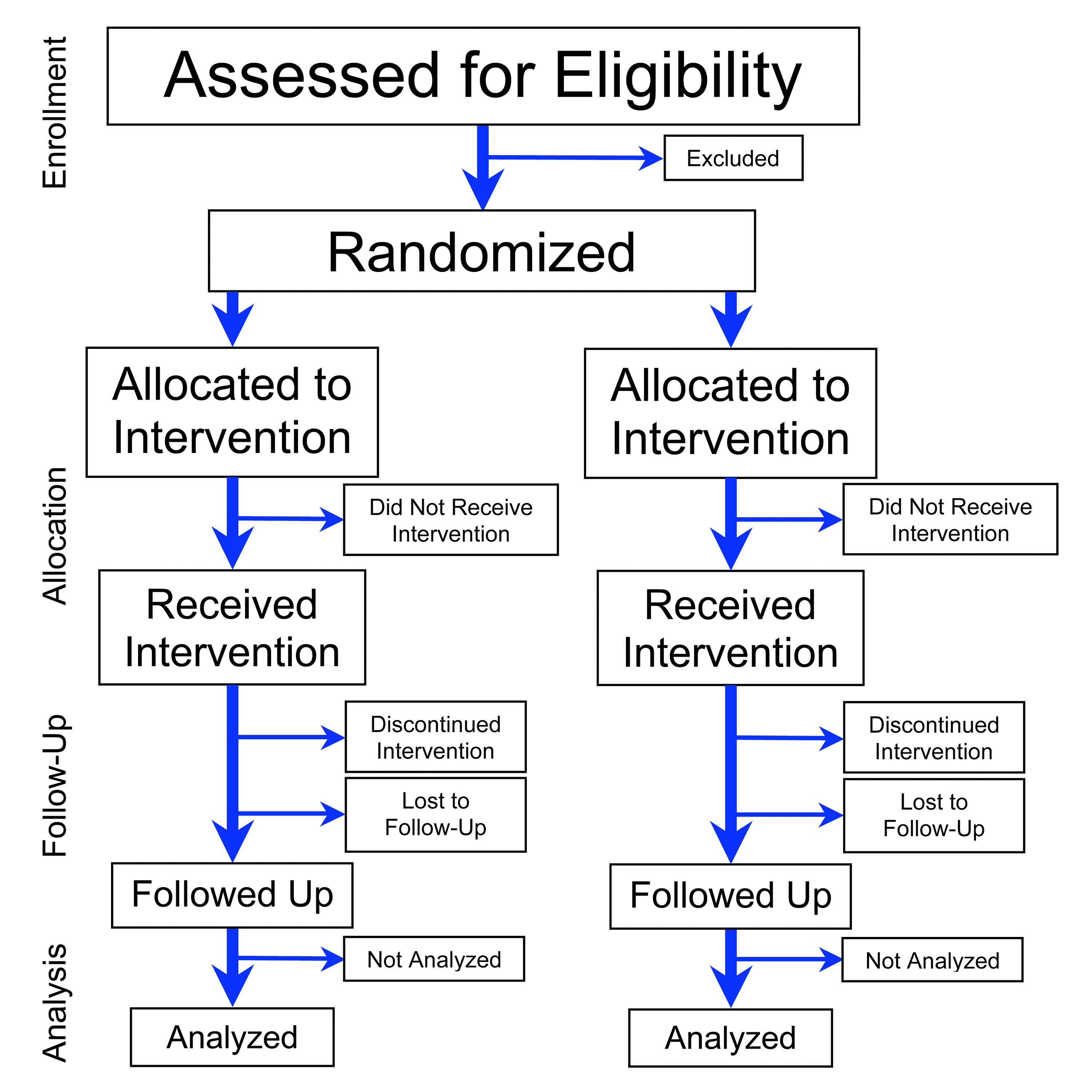



Post a Comment for "39 open-label trial advantages and disadvantages"